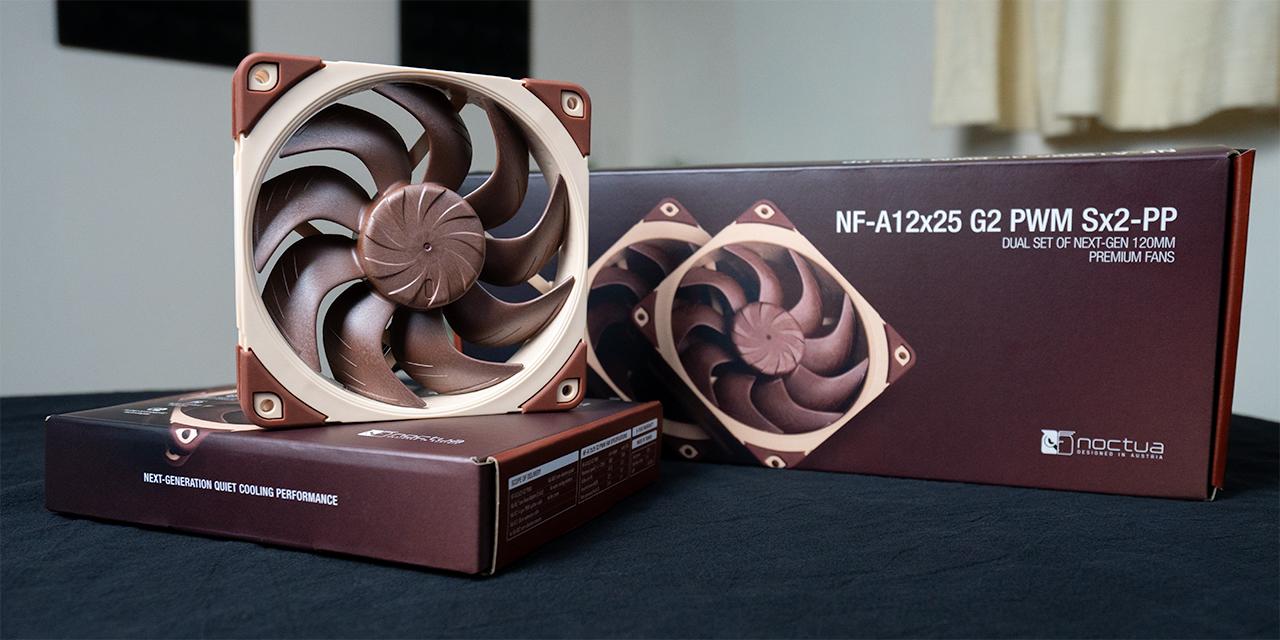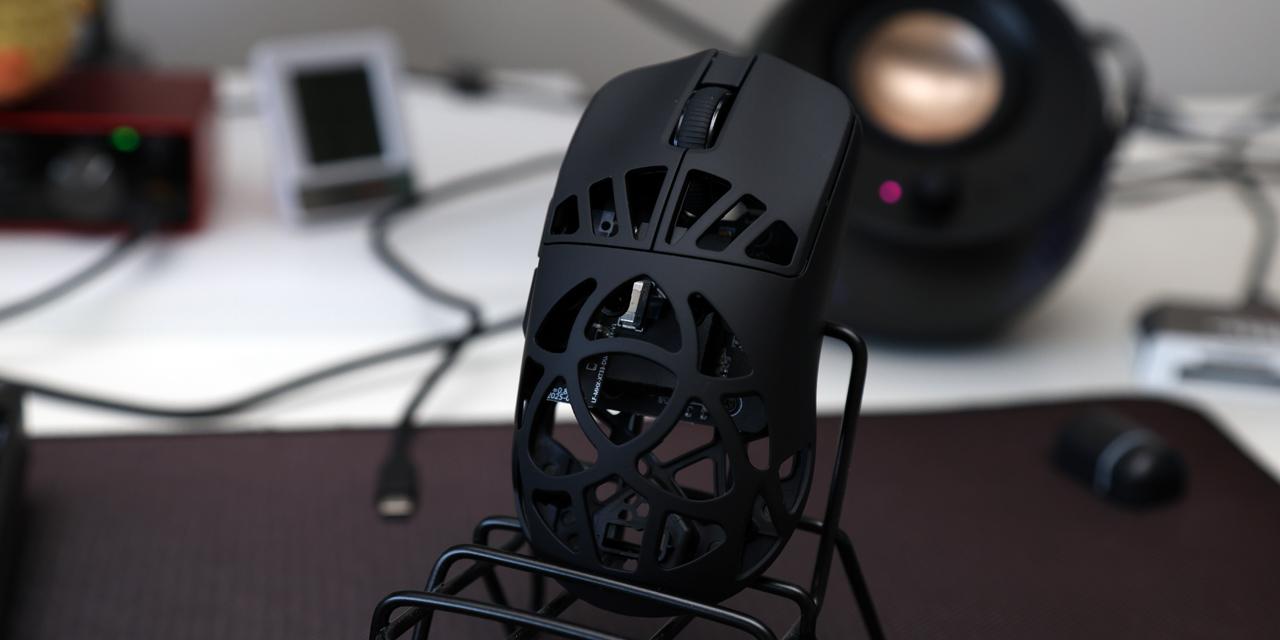From DailyTech: The Consumer Electronics Show (CES) 2014 started off with a bang as NVIDIA unveiled a monster chip with 192 cores.
NVIDIA announced its fifth generation Tegra K1 chip, which has 192 CUDA cores and is meant to bridge the gap between Kepler-based desktop cards and the mobile-based Tegra chips. That means one small chip that packs a lot of punch.
The Tegra K1 has a 32-bit quad-core (4-Plus-1 ARM Cortex-A15 CPU) configuration, but another version will support dual Denver CPUs (two 64-bit configurations for up to 2.5GHz).
Other specs include 2.3GHz max clock speed, DDR3L and LPDDR3 memory types, 8 GB max memory size (with 40-bit address extension) and support for 3840x2160 LCD displays.
NVIDIA's CES presentation for Tegra K1 said that it puts a "console in the palm of your hand." A slide showed a side-by-side comparison of the CPU and GPU features of the Xbox 360, PlayStation 3 and Tegra K1.
For GPU features, both the Xbox 360 and PlayStation 3 had support for DirectX 9 while Tegra K1 has support for DX11. GPU horsepower for the Xbox 360 was 240 while PlayStation 3s was 192 and Tegra K1s came in at 365. CPU horsepower was 3600 for Xbox 360, 1200 for PlayStation 3 and 5600 for Tegra K1 all while both the 360 and PS3 used 100W of power and the Tegra K1 came in at only 5W.
The Tegra K1 is expected to benefit a range of areas like lighting systems and photorealism. Some exciting news is that Epic Games is bringing Unreal Engine 4 to the Tegra K1 for a realistic and beautiful gaming experience.
It will be coupled with Android devices, and while NVIDIA didn't specifically mention which ones, it was previewed in many thin, 7-inch tablets.
This is a big win for NVIDIA's Tegra unit, as the company's recent outlook was a bit gloomy in that area. In November 2013, when NVIDIA's third quarter earnings report was released for fiscal 2014, many said that NVIDIA's Tegra mobile business was taking development money and margins away from NVIDIA's core PC GPU business (even if Tegra was driving revenue). Analysts even said that spinning off or selling Tegra would allow NVIDIA to become a higher margin company that would continue to return capital to shareholders.
View: Article @ Source Site





